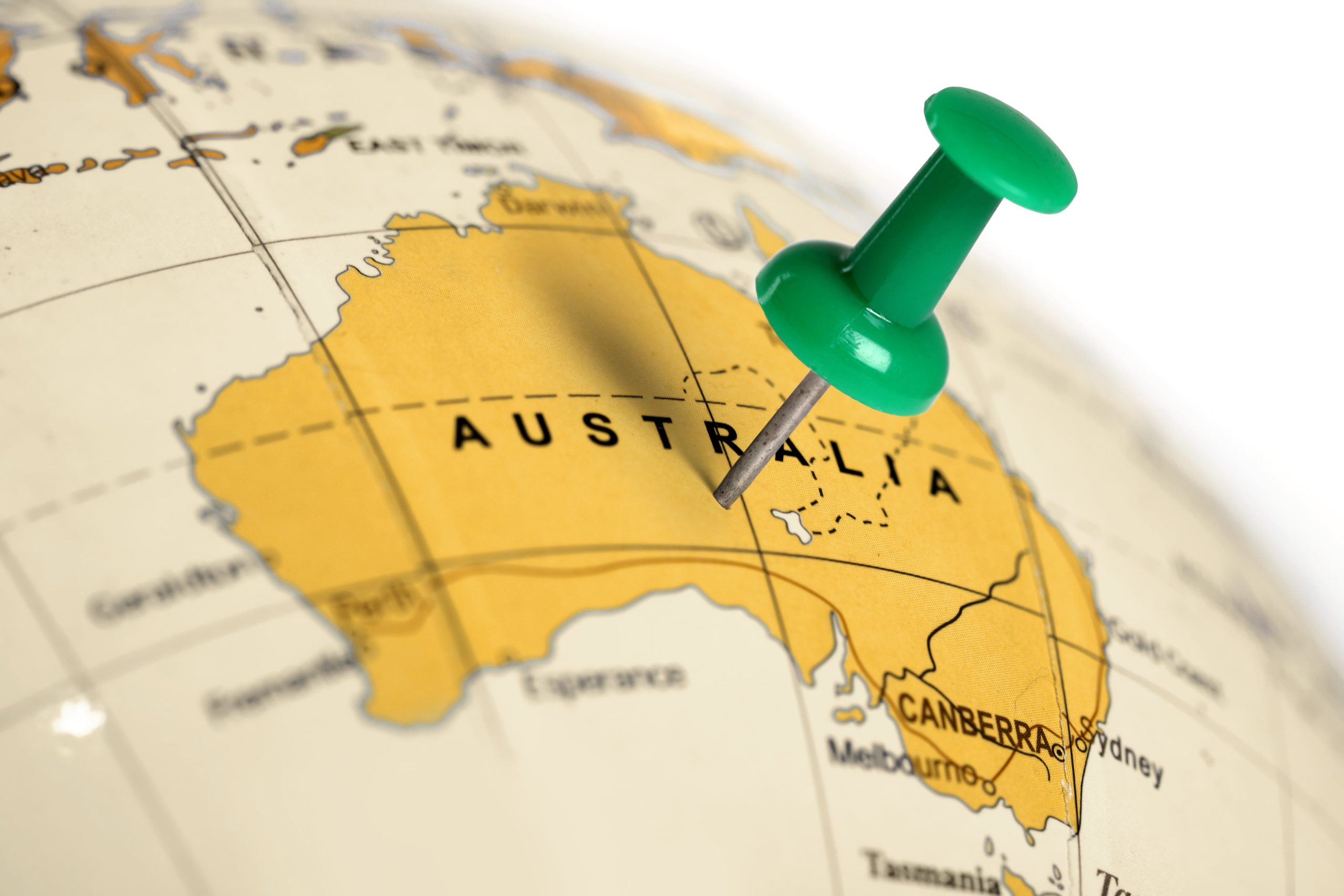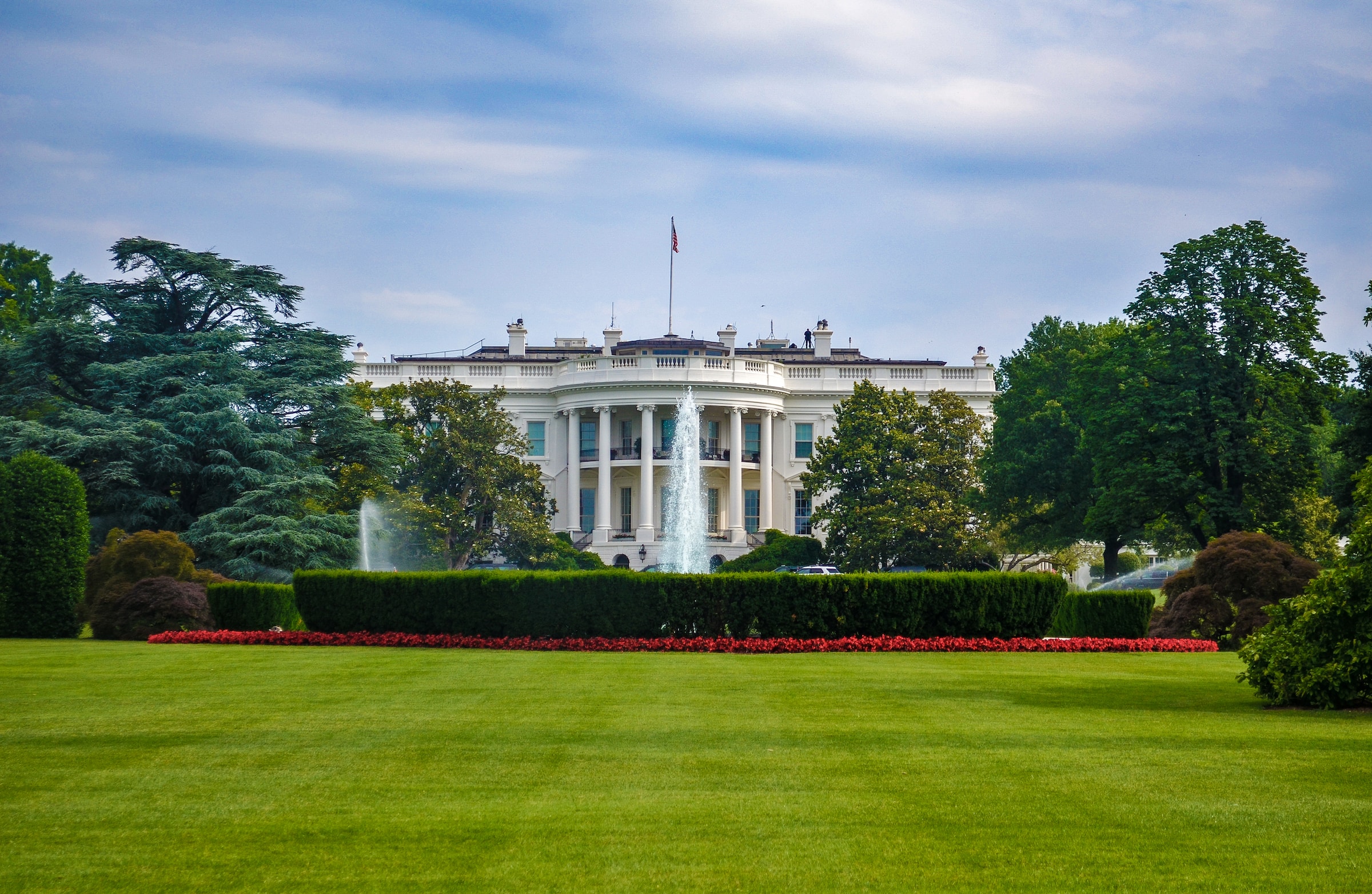Australia Taking Steps Similar to US Inflation Reduction Act

Australia is suggesting a plan to offer support to hydrogen projects by providing a production credit that spans a duration of 10 years.
The Australian Renewable Energy Agency (ARENA) and the Department of Climate Change, Energy, the Environment and Water (DCCEEW) have initiated a consultation process for the Hydrogen Headstart program, which is backed by the federal government’s A$2 billion ($1 billion) budget.
This program aims to accelerate the production of renewable hydrogen in Australia by addressing the financial challenges faced by early-stage projects. To achieve this, the consultation paper suggests utilizing a competitive selection process to identify large-scale Australian projects involved in the production of hydrogen or its derivatives using renewable energy sources.
Successful projects would then receive a production credit over a period of 10 years. The objective of this credit is to bridge the gap between production costs and the selling price of hydrogen, providing stability for investors, project developers, and end-users.
The proposed mechanism aligns with similar initiatives worldwide, such as the United States’ Inflation Reduction Act (IRA) offering production tax credits of up to $3/kg, the European Union’s competitive bids for a fixed premium per kg of green hydrogen, and Canada’s Clean Hydrogen Investment Tax Credit.
The specific delivery method for the Australian credit is yet to be determined, and ARENA and DCCEEW are accepting written submissions as well as organizing webinars and in-person consultation forums in Sydney and Perth.
“The consultation paper we’ve launched today will kick off discussions about how Hydrogen Headstart can best deliver for the Australian public,” said Darren Miller, CEO of ARENA. “Australia has all the ingredients to be a global leader in renewable hydrogen.”
Miller added, “Together with DCCEEW, we’ll be consulting widely with industry and other stakeholders to hear their views and inform what will be a transformative scale up of Australia’s renewable hydrogen capacity.”

